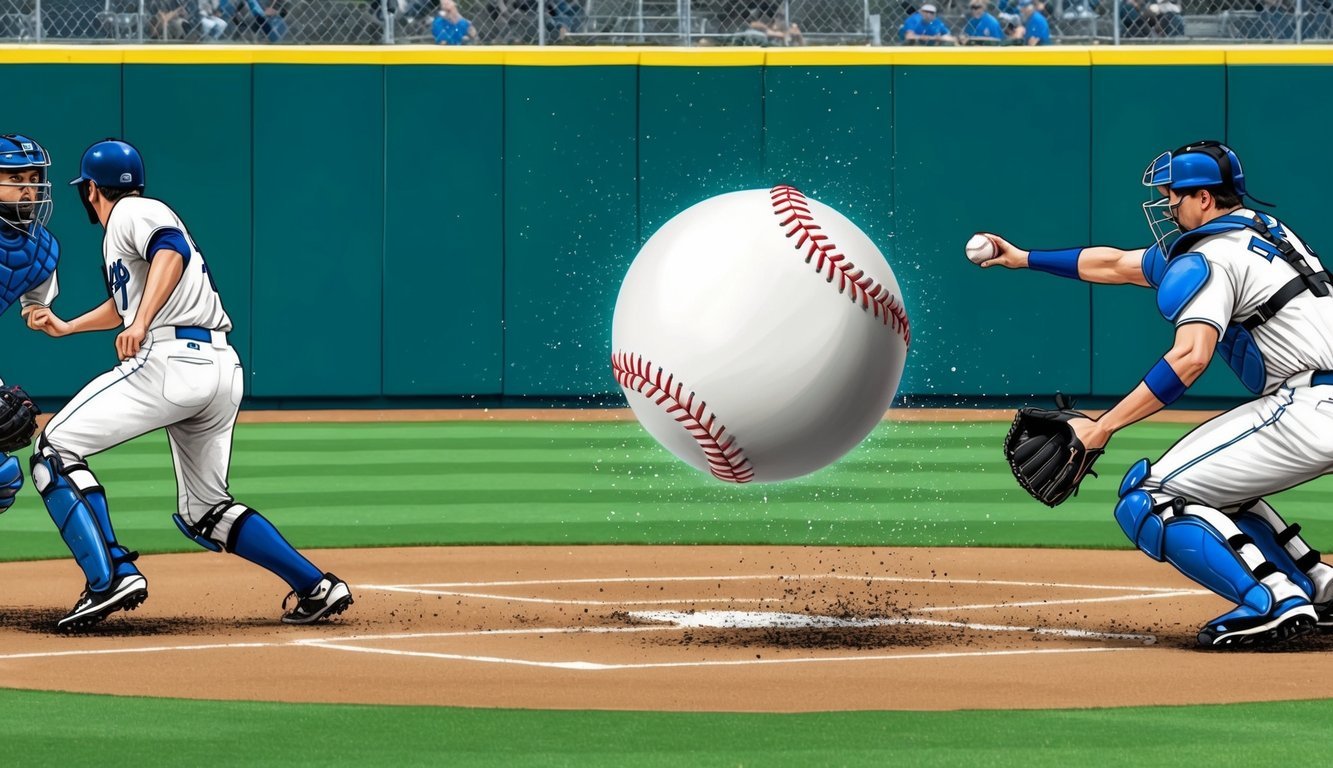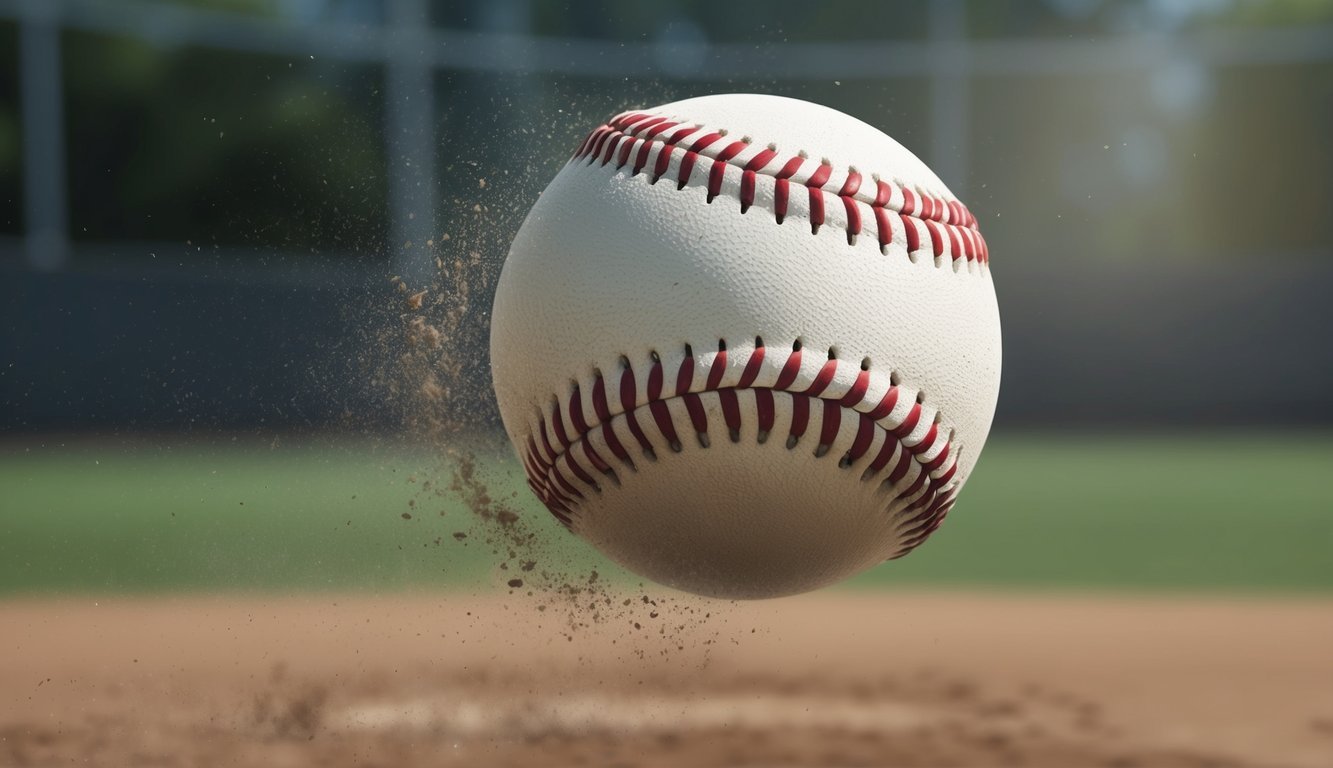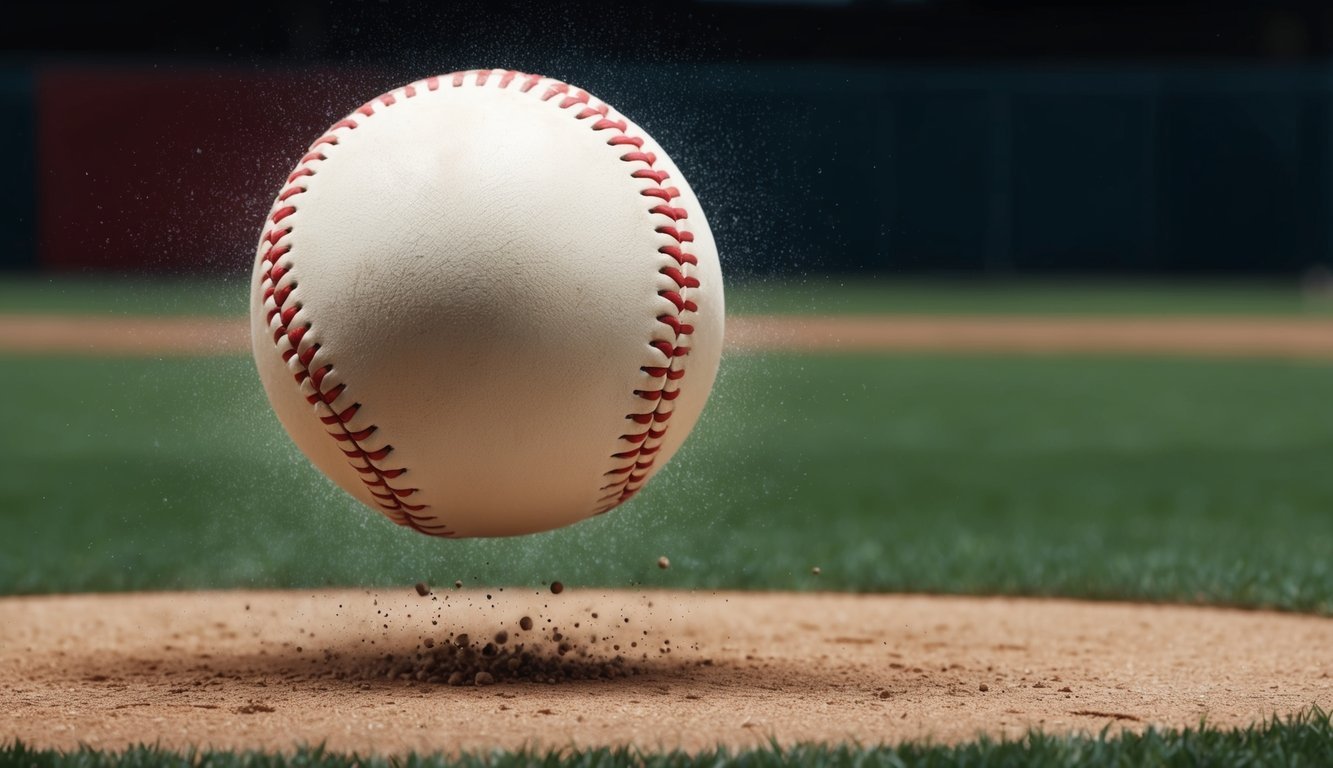Knuckleball pitchers are a rare breed in baseball, wielding one of the most unpredictable and mesmerizing pitches in the game.
The knuckleball, thrown with minimal spin, dances and flutters on its way to home plate, often leaving batters bewildered and frustrated.
These unique hurlers have carved out a special place in baseball history, with names like Phil Niekro, R.A. Dickey, and Tim Wakefield standing out as masters of this challenging craft.
Despite its effectiveness, the knuckleball remains an elusive art form.
Few pitchers have successfully harnessed its power, making those who do all the more remarkable.
The pitch requires a special touch, precise fingernail placement, and years of practice to perfect.
It also demands specialized equipment, with some catchers using oversized mitts to corral the unpredictable trajectory.
The knuckleball’s legacy stretches back decades, with each generation producing a handful of pitchers who keep this dying art alive.
From converted position players to aging veterans seeking a career revival, knuckleballers often follow unconventional paths to success.
Their stories of perseverance and adaptation add an extra layer of intrigue to baseball’s rich tapestry.
The Art of the Knuckleball
The knuckleball is a unique and mesmerizing pitch that defies conventional baseball wisdom.
It relies on minimal spin and unpredictable movement to baffle batters.
Understanding the Knuckleball Grip
Knuckleball pitchers use a distinctive grip to achieve the pitch’s signature effect.
They press their fingernails or knuckles against the ball’s seams, often using just two fingers.
This unusual grip allows the pitcher to release the ball with almost no spin.
The lack of rotation is crucial for the knuckleball’s erratic behavior.
Some pitchers prefer to dig their nails into the leather, while others use their knuckles or fingertips.
The key is finding a comfortable grip that minimizes spin.
Physics Behind the Flutter
The knuckleball’s dance through the air is a fascinating display of aerodynamics.
As the ball travels with little to no spin, it interacts unpredictably with air currents.
The seams of the baseball play a crucial role.
They create areas of turbulence around the ball, causing it to shift direction suddenly and unexpectedly.
This flutter effect makes the knuckleball incredibly difficult for batters to hit.
The ball’s trajectory can change multiple times on its way to the plate.
Velocity isn’t as important for knuckleballs as it is for other pitches.
Many knuckleballers throw in the 65-75 mph range, relying on movement rather than speed.
Mastering the Unpredictable Motion
Pitching a knuckleball effectively requires patience, practice, and a unique mindset.
Pitchers must embrace the pitch’s unpredictable nature.
Control is a major challenge.
Even experienced knuckleballers can’t always predict where the ball will end up.
This uncertainty affects both the batter and the pitcher.
Consistency is key.
Pitchers work tirelessly to repeat their delivery and release point.
Any slight variation can turn a dancing knuckleball into a hittable meatball.
Weather conditions also impact the knuckleball’s effectiveness.
Humid air can make the pitch more lively, while wind can enhance or disrupt its movement.
Legendary Knuckleball Pitchers
Knuckleball pitchers have left an indelible mark on baseball history.
These masters of the unpredictable pitch have baffled batters and amazed fans for generations.
Their unique throwing style often defies the typical mechanics taught to young athletes, making knuckleballers a rare breed in the sport.
Despite their unconventional approach, many aspiring pitchers in youth and amateur leagues are fascinated by the knuckleball’s mystique, even as they navigate little league pitching regulations that emphasize control and consistency.
The allure of mastering such a tricky pitch continues to inspire young players to experiment, dreaming of one day joining the ranks of the great knuckleball legends.
Profiles of Historic Knuckleballers
Phil Niekro stands out as one of the greatest knuckleball pitchers ever. “Knucksie” won 318 games and struck out 3,342 batters over his 24-year career.
He’s the only knuckleballer in the 300-win and 3,000-strikeout clubs.
Hoyt Wilhelm pioneered the knuckleball’s use in relief pitching.
He became the first pitcher to reach 200 wins, 200 saves, and 200 innings pitched using primarily the knuckleball.
Tim Wakefield spent 17 seasons with the Boston Red Sox, winning two World Series titles.
His dancing knuckleball helped him rack up 200 career wins and 2,156 strikeouts.
R.A. Dickey’s late-career renaissance culminated in a 2012 Cy Young Award.
He became the first knuckleballer to win the prestigious honor.
Memorable Moments in Knuckleball History
In 1970, Phil Niekro threw a no-hitter against the San Diego Padres.
It remains one of the few no-hitters thrown with a knuckleball as the primary pitch.
Charlie Hough’s knuckleball danced its way to 216 career wins.
In 1986, he started a remarkable 40 games and completed 13 of them, showcasing the knuckleball’s durability.
Joe Niekro, Phil’s brother, used his knuckleball to win 221 games.
He famously emery-boarded his way to infamy in 1987 when umpires caught him scuffing the ball.
Tim Wakefield’s 2003 ALCS performance against the Yankees stands out.
He pitched brilliantly in relief, only to give up the series-ending home run in Game 7.
The Knuckleball in Major League Baseball

The knuckleball has been a unique and unpredictable pitch in Major League Baseball for decades.
It’s known for confounding batters and challenging catchers with its erratic movement.
The Role in the Pitching Rotation
Knuckleball pitchers often occupy a special place in MLB rotations.
Teams typically use them as starters due to their ability to pitch deep into games.
These hurlers can throw more often than conventional pitchers, sometimes on just three days’ rest.
The Atlanta Braves famously relied on Phil Niekro as their ace for years.
Niekro’s durability allowed him to pitch over 300 innings in multiple seasons.
Some teams have experimented with knuckleballers in relief roles.
Hoyt Wilhelm excelled as both a starter and reliever, setting records for relief wins and appearances.
Challenges for Batters and Catchers
Batters struggle against the knuckleball’s unpredictable movement.
The pitch can suddenly drop, dart sideways, or even rise, making it difficult to hit squarely.
Even skilled hitters often look foolish against a well-thrown knuckler.
Many report seeing the ball appear to “flutter” or “dance” on its way to the plate.
Catchers face their own challenges with the pitch.
Passed balls are common when trying to corral a knuckleball.
Teams often use specialized catchers or larger mitts to help control the pitch.
Notable Teams and Achievements
The Boston Red Sox embraced the knuckleball, featuring pitchers like Tim Wakefield and Steven Wright.
Wakefield became a fan favorite during his long career with the team.
R.A. Dickey achieved rare success for a knuckleballer in 2012.
He won the Cy Young Award and was named an All-Star while pitching for the New York Mets.
The pitch has produced other accolades too.
Phil Niekro and Hoyt Wilhelm both earned spots in the Baseball Hall of Fame primarily on the strength of their knuckleballs.
Catching the Knuckleball

Catching a knuckleball presents unique challenges for catchers.
It requires specialized equipment and extensive training to master this elusive pitch.
Specialized Equipment for Catchers
Knuckleball catchers often use larger mitts to increase their chances of securing the unpredictable pitch.
These oversized gloves, sometimes called “butterfly” or “pancake” mitts, feature a wider pocket and more flexible webbing.
The extra surface area helps catchers corral the erratic movement of knuckleballs.
Some mitts are up to 15% larger than standard catcher’s gloves.
Many catchers also opt for additional padding in their gear.
This extra protection helps cushion the impact of knuckleballs that may suddenly dart or drop unexpectedly.
Training and Strategies
Catchers work tirelessly to develop quick reflexes and hand-eye coordination for handling knuckleballs.
They often practice with pitching machines that simulate the pitch’s unpredictable movement.
One common strategy is to wait as long as possible before attempting to catch the ball.
This gives catchers more time to react to last-second changes in trajectory.
Staying relaxed and keeping soft hands are crucial.
Tense muscles can lead to more passed balls and wild pitches.
Many teams designate specific catchers to work with knuckleball pitchers.
This specialization allows them to build familiarity with the pitch’s nuances over time.
Legacy and Evolution of the Knuckleball

The knuckleball has left an indelible mark on baseball history.
This unique pitch has evolved from its early origins to become a fascinating part of the game’s culture and strategy.
From Early Days to Modern Era
Eddie Cicotte and Ed Summers pioneered the knuckleball in the early 20th century.
The Washington Senators embraced this quirky pitch, helping it gain recognition.
As the technique spread, more pitchers experimented with it.
Hoyt Wilhelm popularized the knuckleball in the 1950s and 1960s.
His Hall of Fame career spanned 21 seasons, showcasing the pitch’s effectiveness and longevity.
Wilhelm’s success inspired future generations of knuckleballers.
In recent decades, pitchers like Phil Niekro, Tim Wakefield, and R.A. Dickey kept the tradition alive.
The Toronto Blue Jays and San Diego Padres have been among the teams to feature notable knuckleballers.
Influence on Baseball Culture
The knuckleball’s rarity has made it a source of fascination for fans and players alike.
Its unpredictable movement challenges hitters and catchers, creating memorable moments on the field.
Knuckleball pitchers often enjoy extended careers due to the reduced strain on their arms.
This longevity has allowed them to become beloved figures in the sport.
The pitch has inspired books, documentaries, and even specialized training programs.
For example, the International Knuckleball Academy works to preserve and teach this unique art form.
Despite its limited use, the knuckleball continues to capture imaginations.
It remains a testament to baseball’s capacity for innovation and tradition.
